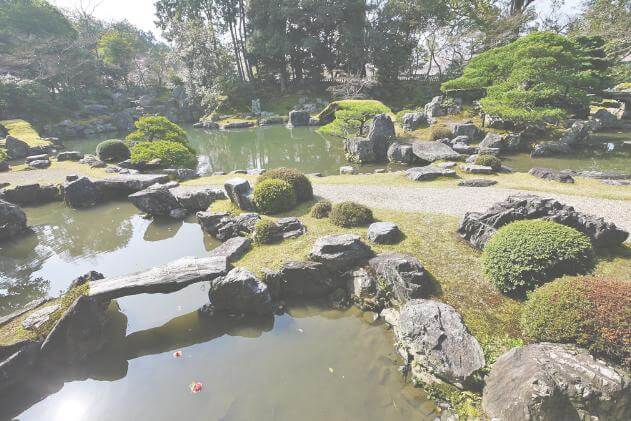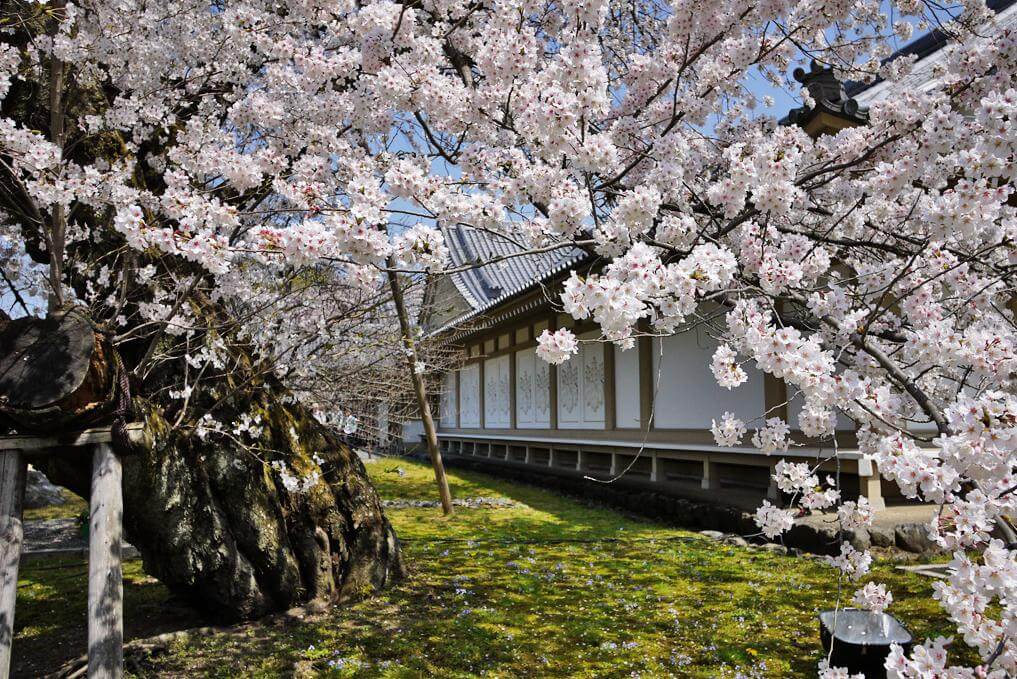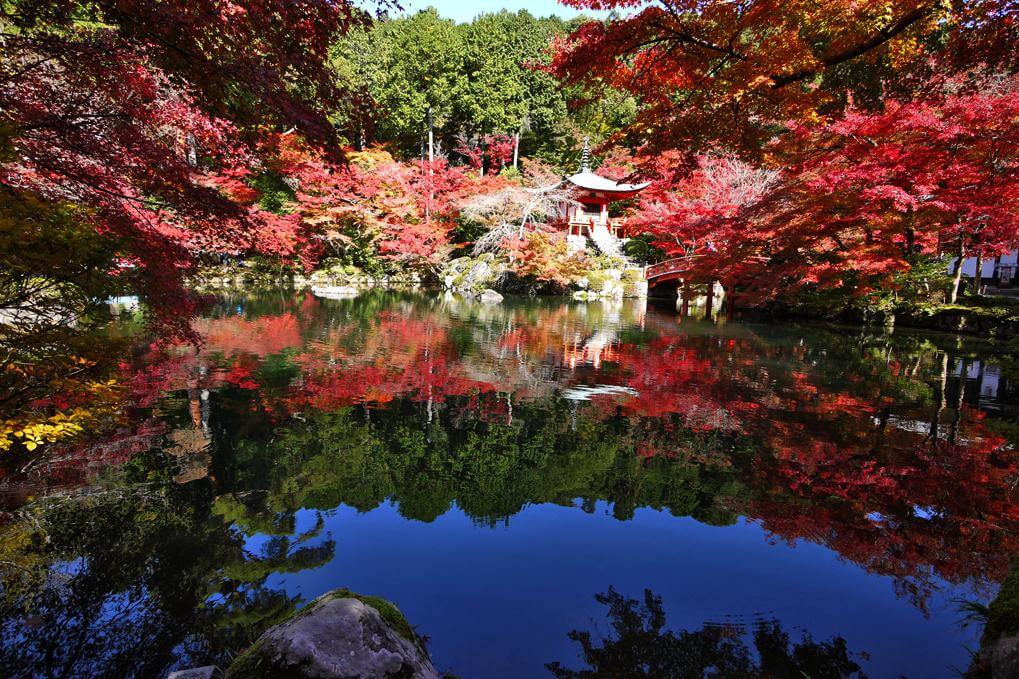Daigo-ji Temple, a World Heritage site, is a treasure trove of cultural and historical marvels in Kyoto. Founded in 874 by Shobo, a grand-disciple of Kukai, the temple encompasses the extensive area of Mount Daigo, featuring both the upper and lower precincts.

A Repository of National Treasures
Daigo-ji is home to numerous national treasures and important cultural properties, including buildings, statues, paintings, and documents. It’s famous as a cherry blossom spot, where Toyotomi Hideyoshi once hosted lavish flower-viewing parties, and is listed among Japan’s top 100 cherry blossom spots.

Architectural Highlights
- Sanboin: This chief part of the temple, largely a national important cultural property, is known for its Hojo, a building in the Momoyama period style, also a national treasure. The Sanboin Garden, designed by Toyotomi Hideyoshi, is a special historic site and place of scenic beauty.
- Five-Story Pagoda: Built in 951, it’s Kyoto’s oldest wooden structure and a national treasure. The first floor features paintings of the Mandala of Both Worlds and the Eight Patriarchs of Shingon Buddhism.
- Kondo (Golden Hall): This national treasure, built in the late Heian period, houses the principal image of Yakushi Nyorai (Medicine Buddha). It was rebuilt under Toyotomi Hideyoshi’s orders around 1600.


Seasonal Beauty
- Cherry Blossoms: Known as “Hanami at Daigo”, the temple grounds bloom with about 700 cherry trees in spring, including weeping cherries and Somei Yoshino.
- Autumn Leaves: The area near Bentendo is a famous spot for autumn leaves, offering stunning reflections in the Benten Pond.
Accessibility
Daigo-ji is easily accessible by public transport, just about a 10-minute walk from Daigo Station on the Subway Tozai Line or a short walk from the Keihan Bus “Daigo-ji Mae” stop.
Daigo-ji Temple is not just a historic site; it’s a living piece of Japanese history and culture, offering a serene and visually stunning experience for all who visit.
Reference…Kyoto Free Photo

